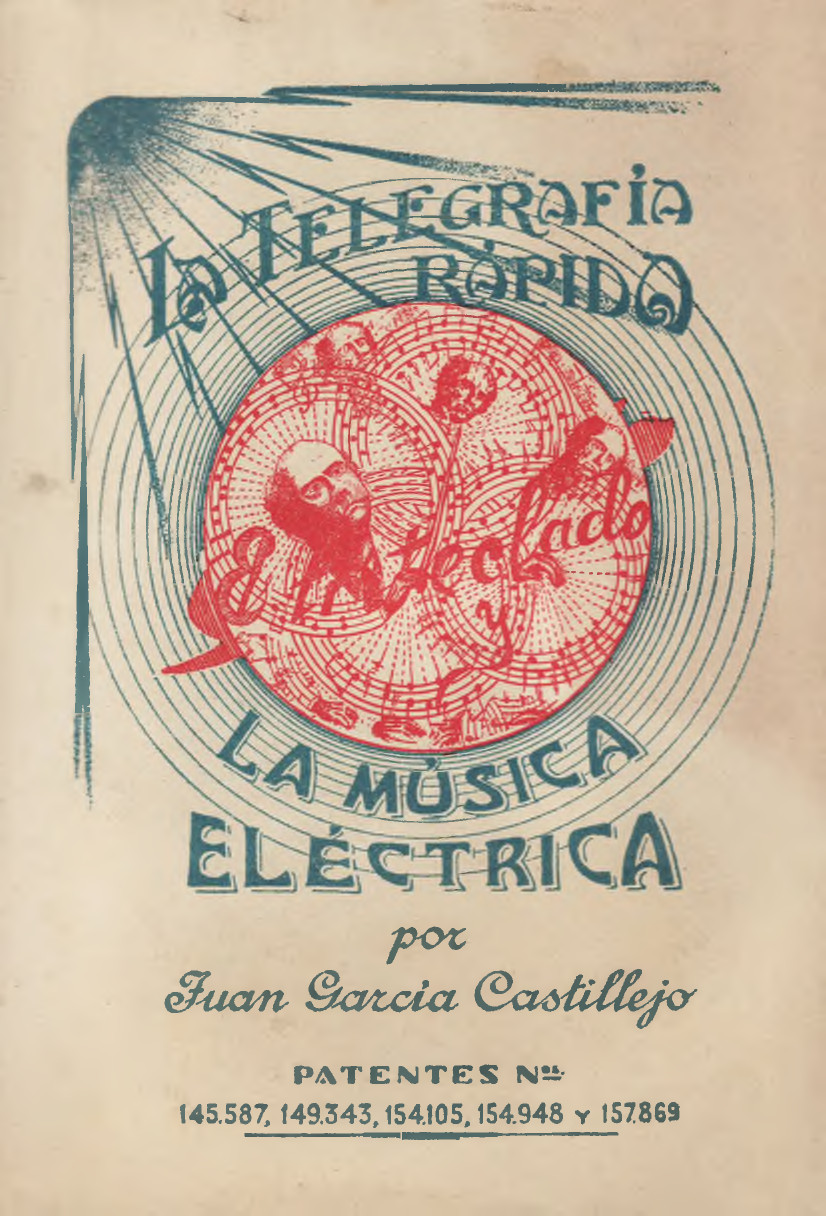eContact! 15(4): Videomusic: Overview of an Emerging Art Form (2014) [English, French]
Filed under journal | Tags: · art, art history, audiovisual, cinema, electroacoustic music, film, image, music, music history, painting, sound, video, visual music

Videomusic is a field of practice that could be seen as a subset of visual music, a term which can be considered today to be familiar enough to speak for itself. This broader area of artistic activity includes digital work, cinema, painting and visual “instruments”, and dates back at least to the 18th century.
Contributions by Maura McDonnell, Patrick Saint-Denis, Inés Wickmann, Joseph Hyde and Jean Piché, Laurie Radford, Nicolas Wiese, Claudia Robles-Angel, Diego Garro, Andrew Lewis, Jon Weinel and Stuart Cunningham, and David Candler. Interviews by Bob Gluck with Mario Davidovsky, Alfredo Del Mónaco and Sergio Cervetti, alcides lanza, and Edgar Valcárcel.
Editor jef chippewa
Publisher Canadian Electroacoustic Community, Montreal, April 2014
View online (English, HTML articles)
View online (French, HTML articles)
Trevor Pinch, Karin Bijsterveld (eds.): The Oxford Handbook of Sound Studies (2011)
Filed under book | Tags: · acoustics, computing, data visualisation, electronic music, field recording, game studies, hip hop, listening, medicine, music, noise, perception, phonograph, radio, science, sonification, sound, sound design, sound recording, sound studies, vision

“Written by the leading scholars and researchers in the emerging field of sound studies, The Oxford Handbook of Sound Studies offers new and fully engaging perspectives on the significance of sound in its material and cultural forms. The book considers sounds and music as experienced in such diverse settings as shop floors, laboratories, clinics, design studios, homes, and clubs, across an impressively broad range of historical periods and national and cultural contexts.
Science has traditionally been understood as a visual matter, a study which has historically been undertaken with optical technologies such as slides, graphs, and telescopes. This book questions that notion powerfully by showing how listening has contributed to scientific practice. Sounds have always been a part of human experience, shaping and transforming the world in which we live in ways that often go unnoticed. Sounds and music, the authors argue, are embedded in the fabric of everyday life, art, commerce, and politics in ways which impact our perception of the world. Through an extraordinarily diverse set of case studies, authors illustrate how sounds — from the sounds of industrialization, to the sounds of automobiles, to sounds in underwater music and hip-hop, to the sounds of nanotechnology — give rise to new forms listening practices. In addition, the book discusses the rise of new public problems such as noise pollution, hearing loss, and the “end” of the amateur musician that stem from the spread and appropriation of new sound- and music-related technologies, analog and digital, in many domains of life.”
Publisher Oxford University Press, 2011
ISBN 0199995818, 9780195388947
624 pages
Reviews: John F. Barber (Leonardo, 2012), Bruce Johnson (Popular Music, 2013), William Cheng (Journal of the American Musicological Society, 2014).
Comment (0)Juan García Castillejo: Fast Telegraphy, the Trikeyboard and Electric Music (1944) [Spanish]
Filed under book | Tags: · electricity, library, music, sound, speech, telegraphy, typewriter

In this curious book, a Spanish priest proposes to combine the developments in telegraphy, teleprinter keyboards, typewriters and “electric music”. He describes how in the 1930s he built and perfected an ”electro-composition device”, equipped with lamps, transformers, capacitors, resistors, dozens of speakers and several engines.
He intended to cause the perforations in the telegraphic tape to be automatically selected by different engines that would trigger the various sound tracks recorded, and thus cause each of the “books on the perforated tape” to become an “audio book”. The purpose behind this idea was to enable the future creation of “spoken libraries” and “speech archives” in which the item being searched for could be instantly found. He performed practical experiments by means of a radio station where he managed to make the radio transmitter “speak automatically”, repeatedly broadcasting random announcements without anyone being present. He also intended this “talking device” to become an electric orchestra that composed “a music of chance configurations that was subjected to a number of panels governing its harmonic possibilities”, as well as bearing in mind the multiple possibilities that it offered in the field of improvisation.
Castillejo wrote several essays for a humour section of a radio magazine, which would imply that a concert was going to be broadcasted, when in fact it was the electro-composer instrument. In 1933, the director of Unión Radio, in Valencia paid him a visit him in order to evaluate how feasible its implementation in the radio station would be, although, due to the cost and difficulty in “providing a constant voltage for an electric demand that varied according to the use of a greater or lesser number of musical notes”, the project was shelved and fell into oblivion, and, with it, the contribution of the author. (from a summary by Miguel Molina Alarcón, 2006, pp 16-17)
Since 2008, Premio Cura Castillejo, a major Spanish award for sound art and experimental music is named in his honor.
La telegrafía rápida: el triteclado y la música eléctrica
Published in Valencia, 1944
347 pages
via Anna / Ràdio Web MACBA, via Ccapitalia.net
Commentary (Miguel Molina Alarcón, 2006, in English, pp 16-17)
Commentary (Miguel Molina Alarcón, 2006, in Spanish)
Commentary (Adolfo García Yagüe, 2014, in Spanish)
Tribute concert announcement (2013)

